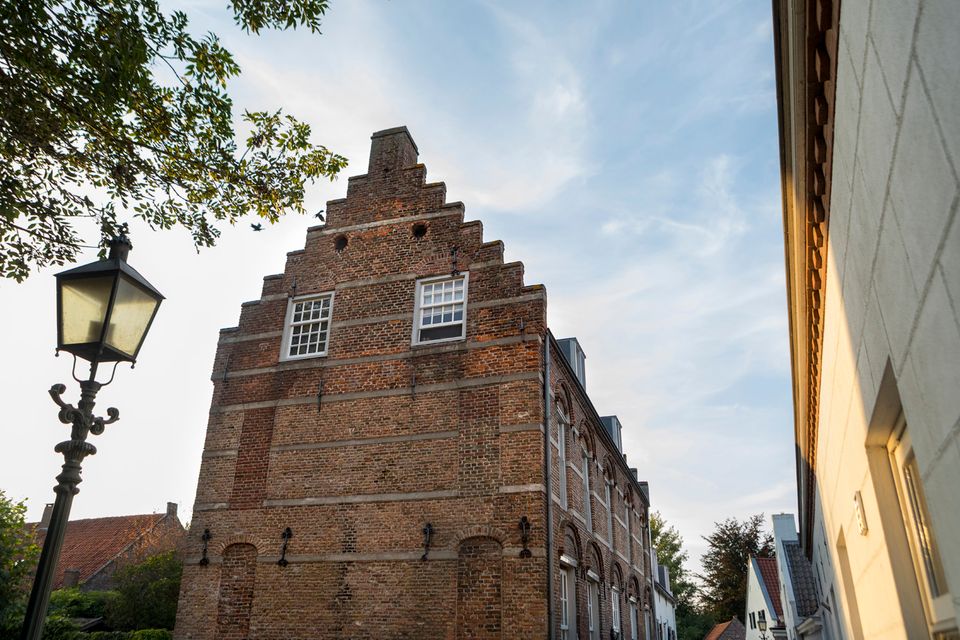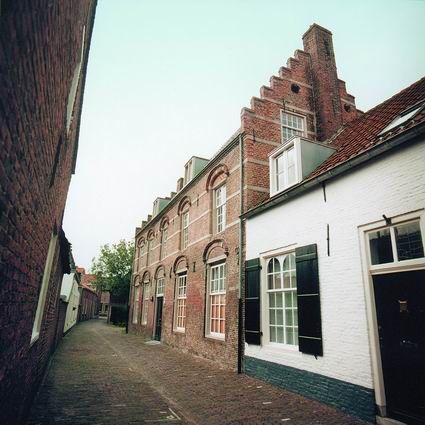The Latin School

Unlike other places, Oirschot did not have an ordinary village school, but a Latin School. As early as 1293, there is a mention of education in Oirschot in the statutes of the Chapter of Oirschot. That was also the school board at the time. Some canons of the Chapter had a role in the school. The scholaster was responsible for the daily management. The rector was the head of the school who was responsible for education with one submaster. The cantor was responsible for teaching Gregorian chants.
Education was given in Latin to children (only boys) of wealthy parents. One hundred or more boys per classroom was common.
Around 1600, the quality of the Oir…
Unlike other places, Oirschot did not have an ordinary village school, but a Latin School. As early as 1293, there is a mention of education in Oirschot in the statutes of the Chapter of Oirschot. That was also the school board at the time. Some canons of the Chapter had a role in the school. The scholaster was responsible for the daily management. The rector was the head of the school who was responsible for education with one submaster. The cantor was responsible for teaching Gregorian chants.
Education was given in Latin to children (only boys) of wealthy parents. One hundred or more boys per classroom was common.
Around 1600, the quality of the Oirschot Latin school had declined so much that private education was only given to the most gifted students. After the fall of 's-Hertogenbosch in 1629, the Latin School in this city fell into Reformed hands. Then many Catholic students came to Oirschot, also from Holland. The village council then had a floor built on the school. This can still be seen from the annual anchors in the facade. The school experienced a boom that ended abruptly in 1648 when Protestantism became the state religion.
There was little interest at the time for education under this changed regime. In 1678 the village council decided to close the higher department of the Latin school.
The downsized 'Nederduytsche schoole' for education in Dutch came directly under the State village council, but remained housed in the Latin School until the school moved to the Spoordonkseweg at the beginning of the twentieth century.
In 1829, the municipality bought the building to set up a military police barracks. In 1907 the building belonged to the Tret furniture factory. In 1979, the municipality purchased the neglected building and restored it into small apartments.
The building
The building is a 16th century transverse house. After the fall of 's-Hertogenbosch, it was converted into a two-storey main building with a high gable roof between stepped gables and a vaulted cellar with a barrel vault above which is an upstairs room. The facade on Schoolstraat has the character of a Gothic facade. Above the windows is a basket arch in the style of approximately 1500. The arch has a brick masonry mosaic of yellow and red stones. Year anchors have been placed between the windows with the year 1679. Under the gutter molding you can see a decoration consisting of a brick mouse tooth.


